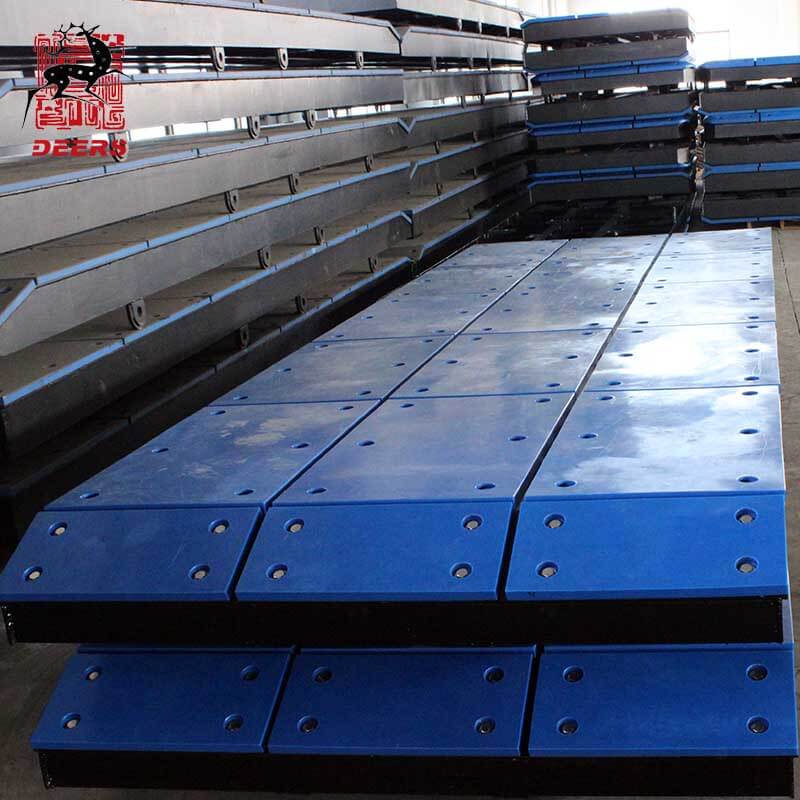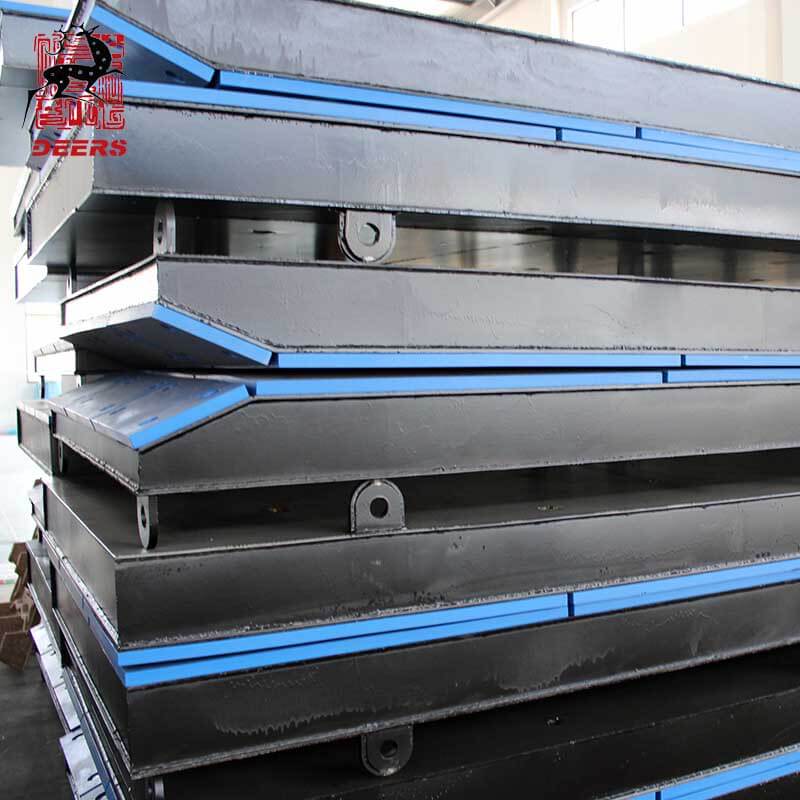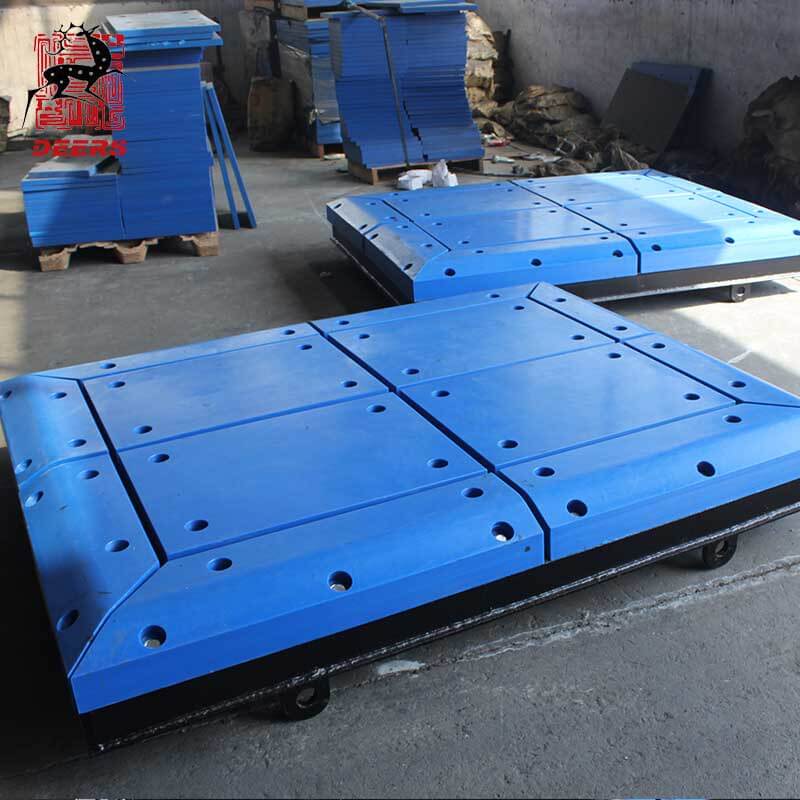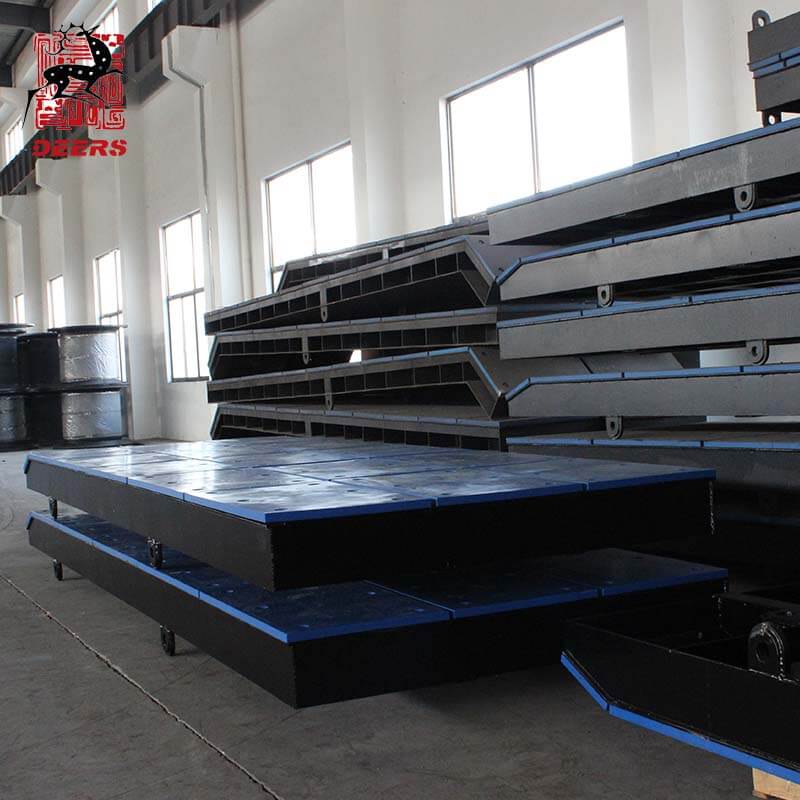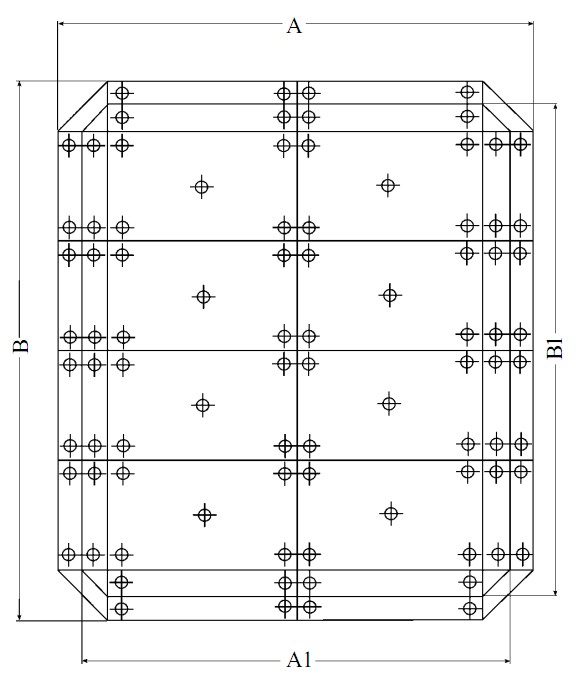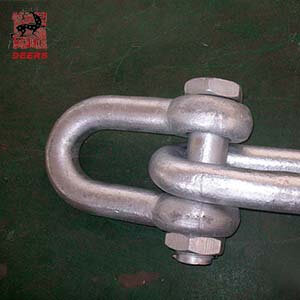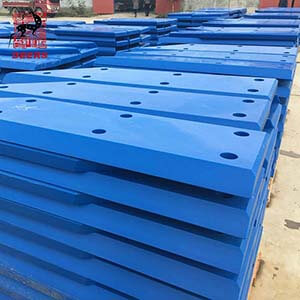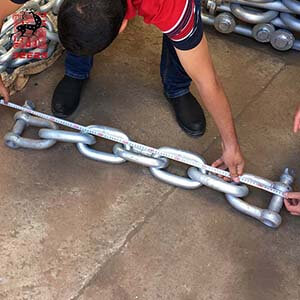Fender panels are important parts of the marine fender units on high-performance systems. By distributing reaction forces they provide low hull pressures and cope with large tidal variations. They play an important role in protecting vessels. They are designed to allow expected shear forces induced by the vessel with its belting traveling along the outer face at higher speeds. Fender panels reduce snagging risk.
The type of the structure of fender panel
There are two types: open type and closed type. Regarding the open type, it is consists of steel pad, H steel, and across steel. The closed type is consists of steel pad, back steel, and H steel.
The determination of the dimension of the structure of the fender panel :
The following requirement should be met in the design:
P=∑R/ A1B1≤Py(Where P = Hull Pressure)
P= The sum of maximum reaction force of all fender (KN)
A1 = Valid width of front panel (m)
B1= Valid length of front panel (m)
Py= Hull allowable surface pressure (KN/m2)
Therefore if the allowable surface is known, the dimension of the front panel can be determined.
Specification & Design should consider below:
Hull pressures and tidal range
Lead-in bevels and chamfers
Bending moment and shear
Local buckling
Limit state load factors
Steel grade, material request
Permissible stresses
Weld sizes and types
Rubber fender connections
UHMW-PE attachment
Chain connections
Lifting points
Paint systems
Corrosion allowance
Maintenance and service life


